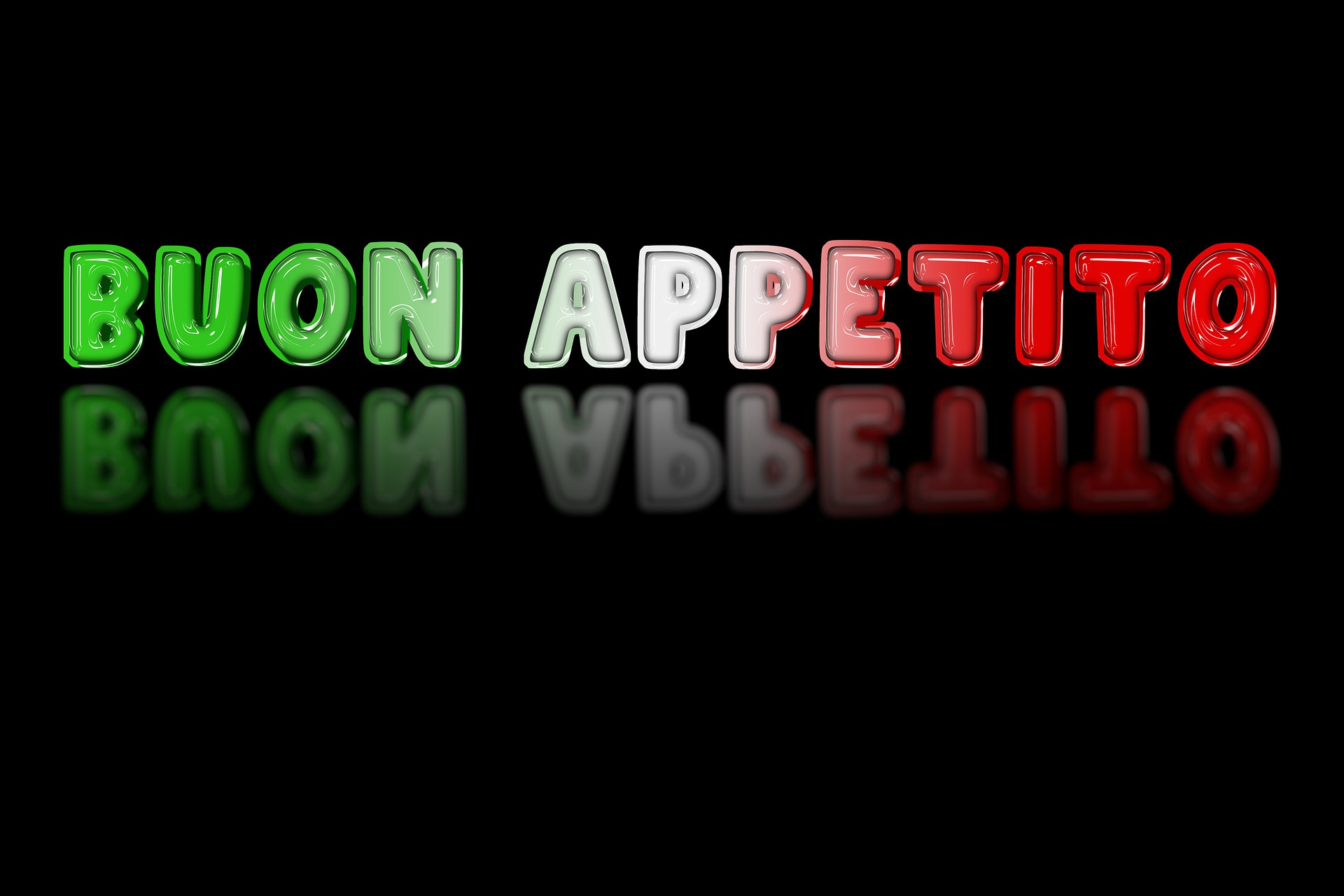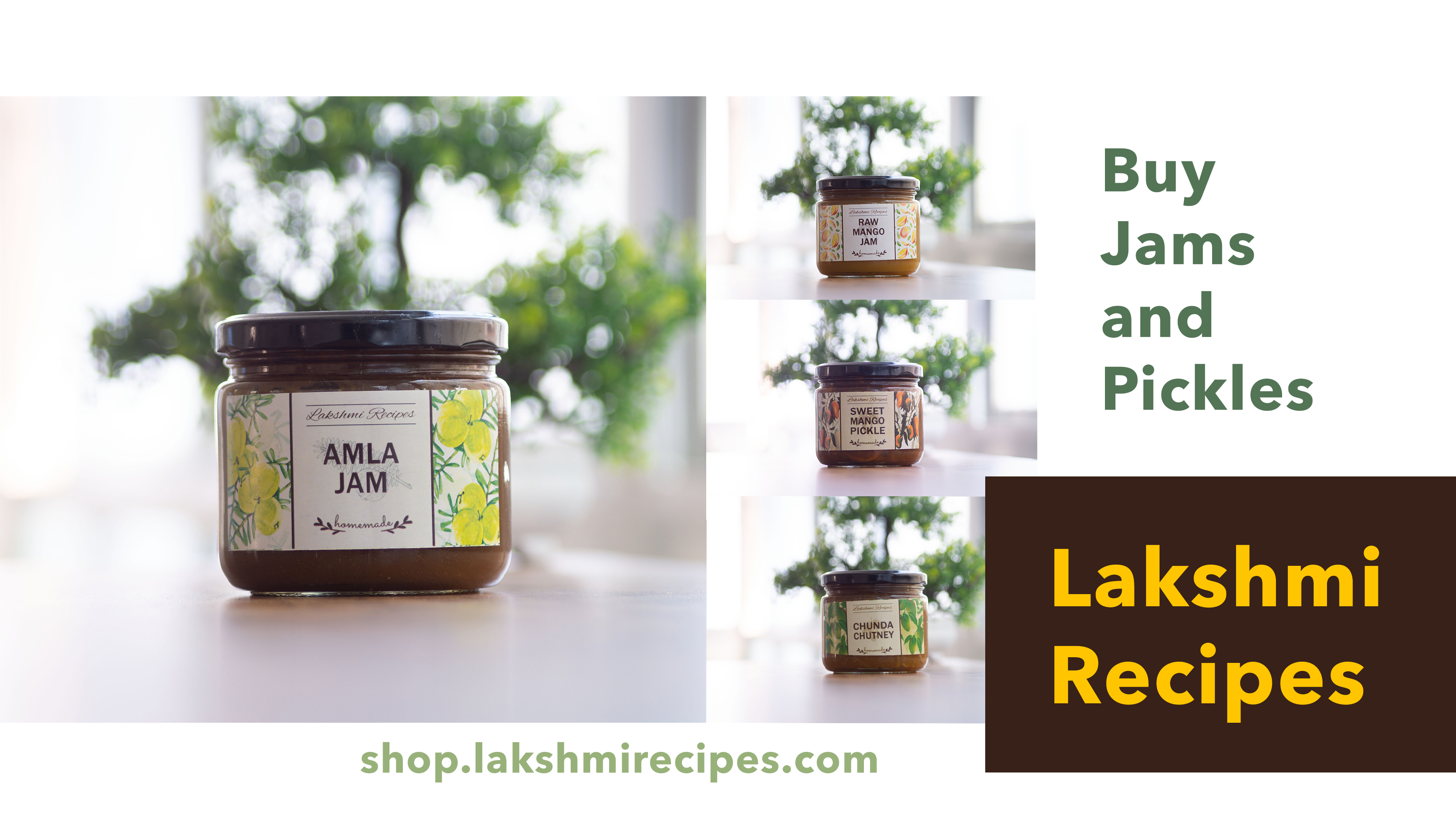
When you come across amazing scenic beauty, flora and fauna, ancient ruins, glorious cities, great museums, exotic beaches, and all these combine into one- just know, you’re in Italy.
A home to the illustrious Renaissance period and the Roman Empire, Italy has always been an epicenter of delicious, mouth-watering delicacies. Infact, Italians place a much greater emphasis on their food cultures that have evolved over a considerable period of time.
For Italians , their family is their priority and this has induced them to give their food culture a very high pedestal. In other words, during festivals and several other merriments, they all come together with friends and extended families, and enjoy the occasion with innumerable delicacies that are as old as the birth of their nation itself.
Surely, people who eat together, have boundless love for their traditions and want to hold on to them, no matter how far they go!
A Chunk of History!
Italian food culture is not just about tempting slices of pizza or a simmering bowl of pasta. Rather, it is a culmination of a long and rich history that influences it till today.
The Italian food history is as old as the 4th century BC. The Romans who ruled Italy at the time, were lavish eaters and did everything in excess. They brought in with themselves their culinary customs which was a fusion of different flavours. Their dinner tables adorned cuisines like fish and meat dishes, wine, and grain.
Thus, Romans had a considerable influence on the Italian cuisines as they mingled with the local traditions over a period of time.
During the Middle Ages, with the rise of Christianity in Italy, lavish banquets became a thing of the past. Dried fruits and several condiments began to make their mark in the Italian diet.
Around this time, the Arab invasion led to the popularity of pastas across the nation and in Europe. This invasion too brought several culinary changes and influences which still have a mark in the Italian kitchens.
Over a stretch of time, the religious austerity gave way to moderate celebrations and eating again became a symbol of wealth. More experimentation in cuisines began to take place in the North, whereas oranges, sugar, almonds and lemon became a part of Southern cuisine.
Their food culture subtly became more regionalised, and extravagant displays of culinary shows were seen as a symbol of wealth. Today, Italian cooking takes up a beautiful blend of other culture’s culinary styles that gives it a rich aura of its own!
Food Cultures Across Italy!
To begin with, when you visit Italy, you must remember that no two parts of this country share the same meal as the next. This means you won’t be getting the same pasta flavor that you liked in the previous street and wanna have in the following street.
Well, that’s more of a blessing in disguise. Imagine, the wide array of cuisines that you’d have on your platter to relish and boast off, once you get back to your place!
So, in the first meal of the day, Italians prefer light food items, such as cornetti, slice of brioche, cappuccino, or espresso as per one’s liking. Pranzo or lunch was earlier the main meal of the day but this has changed and now, lunches too are light on the stomach. This mainly comprises pasta, soup, followed by rice, meat or fish dish. Italians love ending this meal with fresh fruits or cakes and pastries.
Their dinner follows the same pattern as the meal, beginning with olives, meat and some perky dishes to spice up the palate. This again is followed by meat or fish dish, some pastas and rice or soup.
Well, that was the general overview of the entire nation but the food culture varies as per regions, who have their own distinct cuisine culture as mentioned at the outset.
If you’d visit Northern Italy, you’ll be served dairy products like butter and cream. Herbs like rosemary and sage are commonly used in this part of the country along with pasta, rice, corn, beaf, pork, rabbit, quail, fish and even shellfish.
The local cuisine in Southern Italy is a combination of tomatoes, fresh eggplants, zucchini, sardines and tuna, peppers, ricotta cheese and olive oil.
Likewise, if you’d go to Central Italy, the speciality here is farming and there are crops that are produced which are rare to find. Basically , the central Italians derive their food cultures from farming. Braised meats and rustic stews are a major métier of this beautiful place.
Beverages are an important part of Italian food culture, especially wine. This is followed by a huge appreciation for coffee, espresso and latte macchiato. Aperol, Aperol Spritz, Martini, and Cinzano are other popular alcoholic drinks that are consumed enormously at the local level.
Italians generally follow the rules of eating locally and seasonally. You’d never come across an Italian eating a dish that is not meant for that season. This is the beauty of their food cultures that is more a rhythm of life than just an everyday habit.
The Culmination!
What is striking about the Italian food culture is that, although they’ve evolved, which every food culture does, they’ve still stuck to their roots. They just don’t have any random dish, adorning their tables, rather, each of the cuisines they prepare can be seen as having a rich history that can easily be traced back hundreds of years ago.
At the heart of their food traditions, lies their bond with the family that has been greatly strengthened by the numerous age-old cuisines that they’ve been making and enjoying together!

































SHARE YOUR FEEDBACK